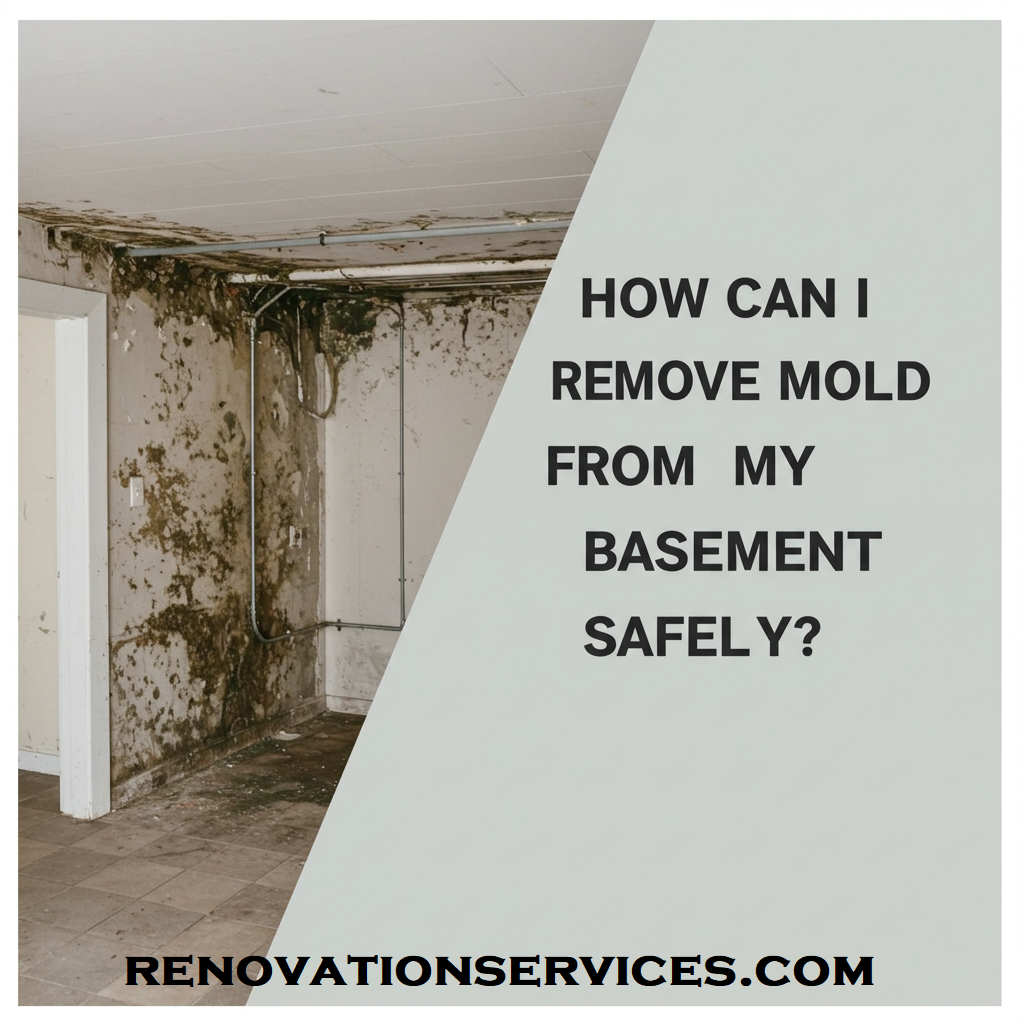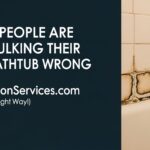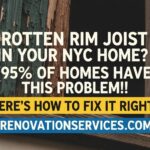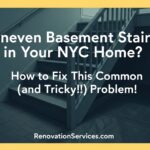How Can I Remove Mold from My Basement Safely?
Basement mold removal feels scary—musty smells, fuzzy walls, talk of “toxic black mold.” Relax: with clear steps, basic tools, and smart prevention you can defeat basement mold and keep it from sneaking back. In this detailed guide you’ll learn:
- The early warning signs most people ignore.
- A 5-step cleanup plan approved by EPA and CDC.
- Health risks and NYC Local Law 55 rules every landlord must follow.
- Real stories from Brooklyn and Queens basements—wins and fails.
- Cost tables, prevention checklists, and a borough mold-complaint chart.
- 15 quick FAQs answered by licensed pros.
1. Why Basement Mold Matters
Mold is not just ugly. According to the CDC, long-term exposure can trigger coughing, wheezing, asthma flares, and eye irritation. Kids, seniors, and anyone with weakened immunity are most at risk.
NYC even wrote mold into the law. Local Law 55 of 2018 says landlords must remove visible mold and keep humidity in check. Tenants can call 311 if owners ignore growth.
Story – Harlem Asthma Spike
Nina’s 8-year-old twins saw ER visits rise each spring. A city inspector found hidden mold under basement stairs. After professional cleanup and a new dehumidifier, ER trips dropped to zero the following year.
2. Spot the Warning Signs Early
Catch mold fast, save cash. Grab a flashlight and a hygrometer (under $15):
- Musty odor—that “old library” smell.
- Dark or green fuzz on drywall or joists.
- Peeling paint or bubbling wallpaper near floors.
- Damp corners or puddles after rain.
- Humidity > 60 % on the hygrometer.
3. Gear Up for Safe Cleanup
The EPA (epa.gov) recommends simple gear:
- N95 (or better) respirator.
- Long gloves that cover wrists.
- Non-vented goggles.
- Old clothes you can hot-wash.
Turn off HVAC so spores don’t ride vents to bedrooms.
4. Five-Step Basement Mold Removal Plan
- Dry the space – Fans and a 50-pint dehumidifier until surfaces feel dry.
- Scrub hard surfaces – Warm water + detergent. Rinse, wipe dry.
- Toss porous items – Carpet, cardboard, and insulation wet > 48 h must go.
- Disinfect touch points – Wipe pipes and knobs with 70 % alcohol.
- Run dehumidifier 48 h more – Hold humidity below 60 % to stop regrowth.
Story – The Brooklyn Comic Collection
Jen stored 200 silver-age comics in a damp Sunset Park basement. Fuzzy spots spread across covers. She donned an N95, tossed the worst issues, scrubbed shelving, and ran a dehumidifier. Six months later—no mold, fresh-smelling comics, happy collector.
5. Professional vs DIY – Cost Comparison
| Scenario | DIY Cost | Pro Cost | Pros | Cons |
|---|---|---|---|---|
| Small patch (≤ 10 sq ft) | $50 supplies | $350 | Faster if pro | DIY takes weekend |
| Medium area (50 sq ft) | $120 supplies | $900 – 1 400 | Warranty | Higher bill |
| Whole basement | Unrealistic | $2 500 – 6 000 | HEPA vacs, insurance | Need to leave home |
6. NYC Mold Complaint Hotspots
Housing Preservation & Development data for 2024 show Brooklyn topping the list of mold complaints.

7. Prevention Checklist & Costs
| Task | When | Average Cost | Benefit |
|---|---|---|---|
| Run dehumidifier | Daily May–Sept | $0.25 day | Keeps RH under 60 % |
| Seal foundation cracks | Every 5 yrs | $250 – 600 | Blocks seepage |
| Clean gutters | Spring & Fall | $150 each | Moves water away |
| Slope soil | One-time | $200 DIY | Stops wall leaks |
| Install sump-pump alarm | One-time | $75 | Alerts to flood fast |
Story – Queens Flooded Stairwell
After a September cloudburst, Carlos found ankle-deep water in his Astoria stairwell. He installed a $75 pump alarm and redirected downspouts the same weekend. The fix prevented future floods—mold never returned.
8. Health Risks & Legal Duties
NYC landlords must follow Local Law 55: keep apartments free of mold and pests. Tenants can file a 311 complaint; HPD may issue fines up to $10 000. For homeowners, ignoring mold can void parts of homeowners insurance and lower resale value.
Health experts at the National Institute of Environmental Health Sciences warn that chronic mold may worsen allergies, asthma, and sinus infections.
9. Fifteen Must-Know FAQs
Is bleach the best cleaner for basement mold?
No. EPA says detergent + water is safer; bleach fumes irritate lungs and can’t soak porous drywall.
Can I paint over mold?
Paint won’t kill mold. Clean first or it bubbles back.
What humidity level stops mold?
Keep basements under 60 % RH; 30–50 % is ideal.
Should I test for mold first?
Visible mold means clean. Lab tests only needed for legal proof or hidden growth.
Do dehumidifiers kill mold?
They don’t kill spores but prevent new colonies by drying air.
When do I call a pro?
Coverage > 10 sq ft, hidden mold, or persistent odors.
Is mold covered by insurance?
Sudden pipe bursts might be covered; gradual seepage is excluded.
How long does cleanup smell last?
Detergent scent fades in a day; musty odor should vanish within a week if moisture fixed.
Can I use a regular vacuum?
Use only HEPA vacs; regular vacs spread spores.
Will opening windows help?
Yes, when outdoor humidity is lower.
Does a finished basement hide mold?
Yes—inspect behind drywall yearly.
What safety gear do I need?
Gloves, N95, goggles, long sleeves.
Are mold foggers safe?
Foggers rarely reach hidden spores; scrubbing is better.
How fast does mold grow?
24–48 hours on damp drywall.
Is black mold always toxic?
Color alone doesn’t prove toxicity; lab test required.
10. Internal Resources for Extra Help
11. Trusted Government Guides
Need professional basement mold removal?
Call 347-455-1741 or email info@renovationservices.com
We remove mold and keep basements dry across NYC & Long Island.





